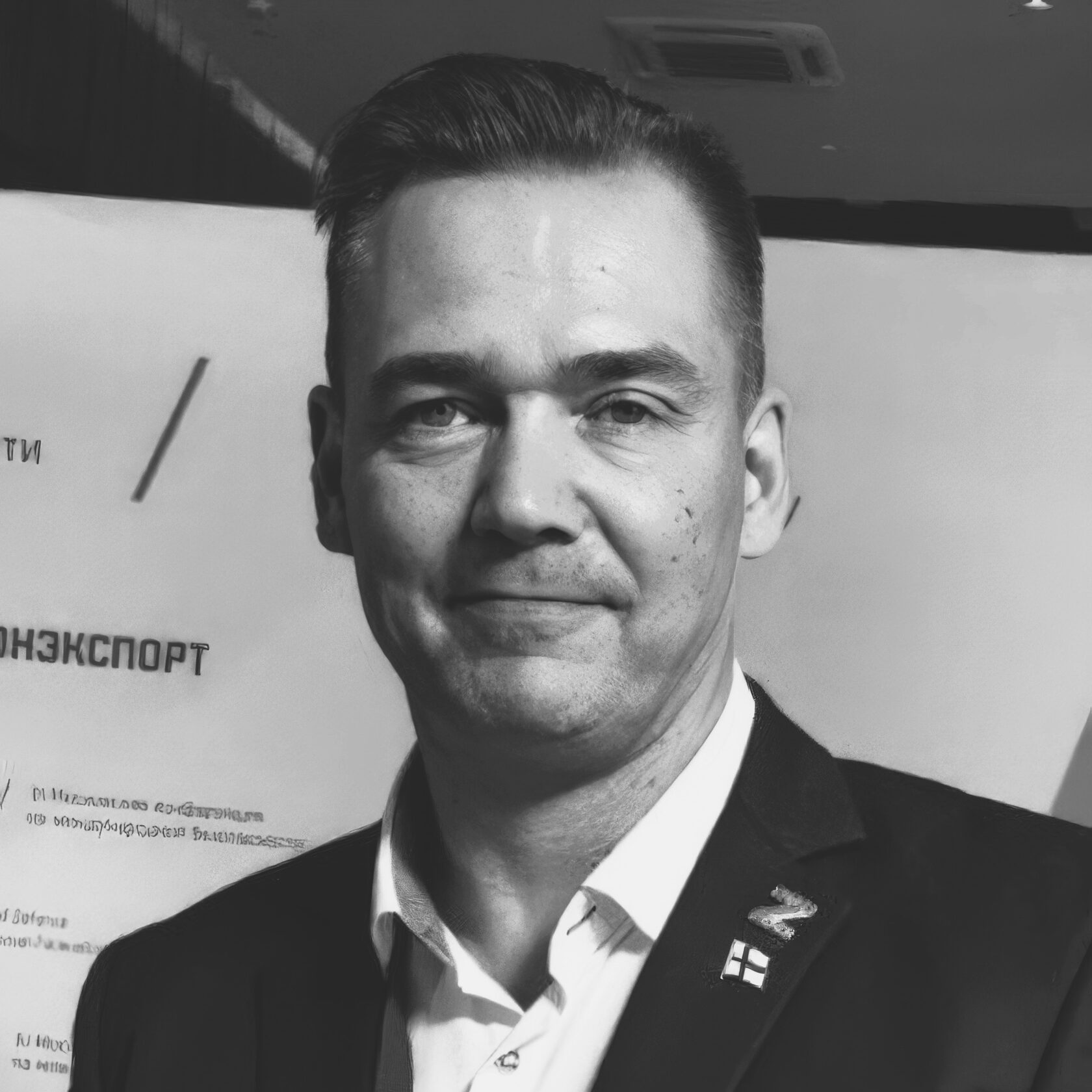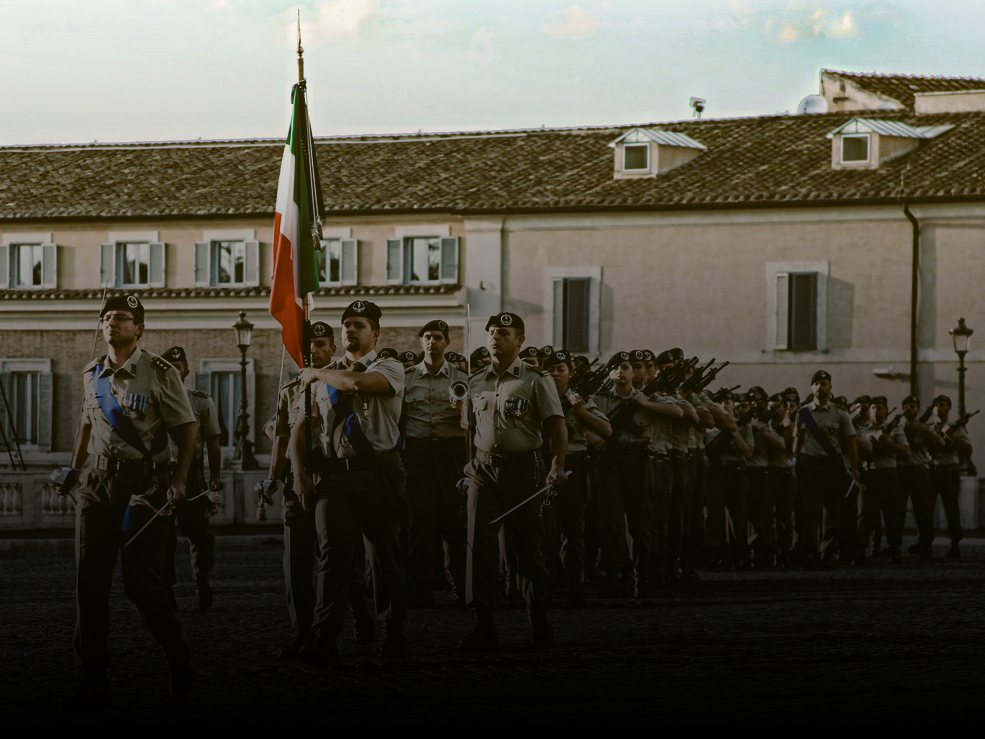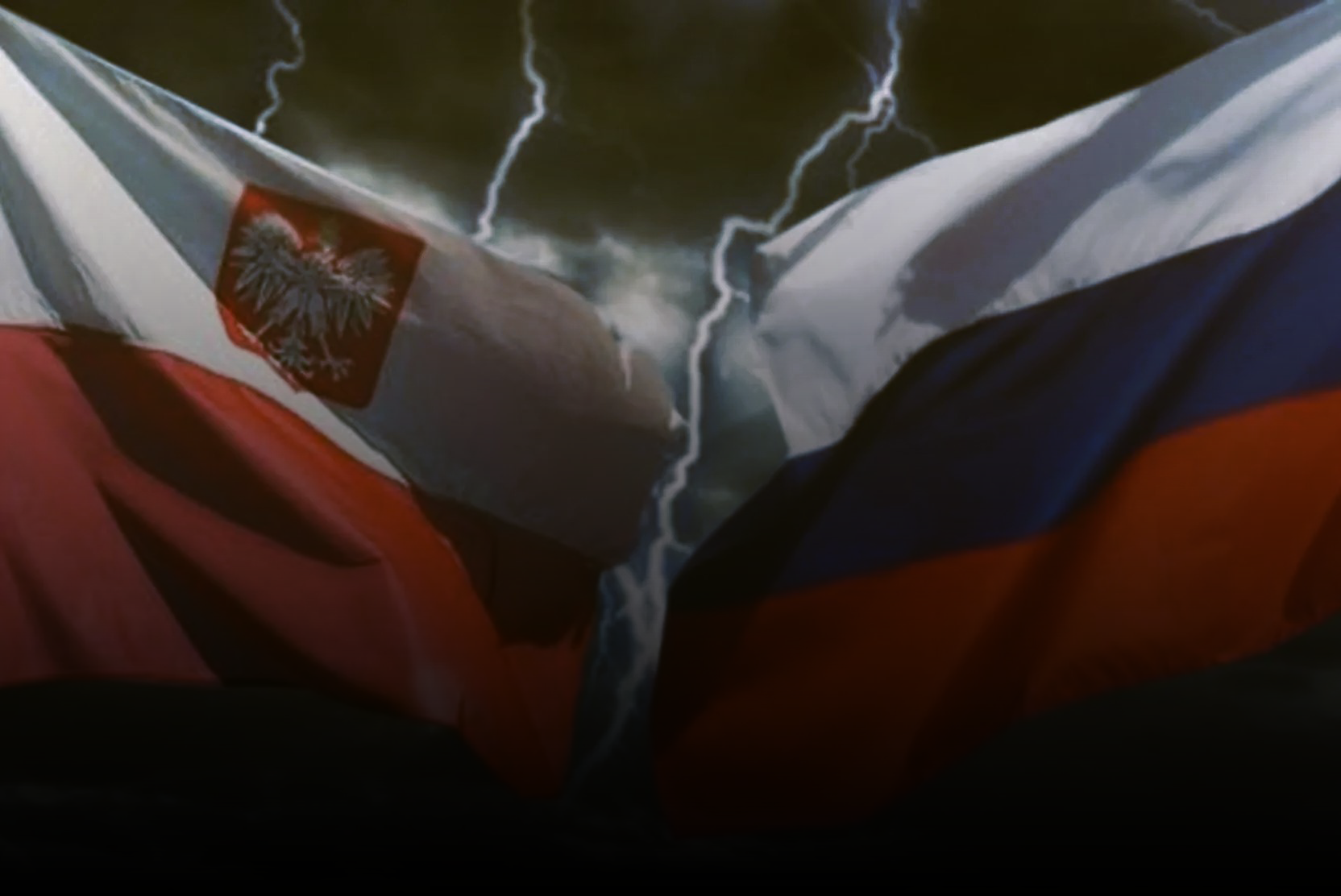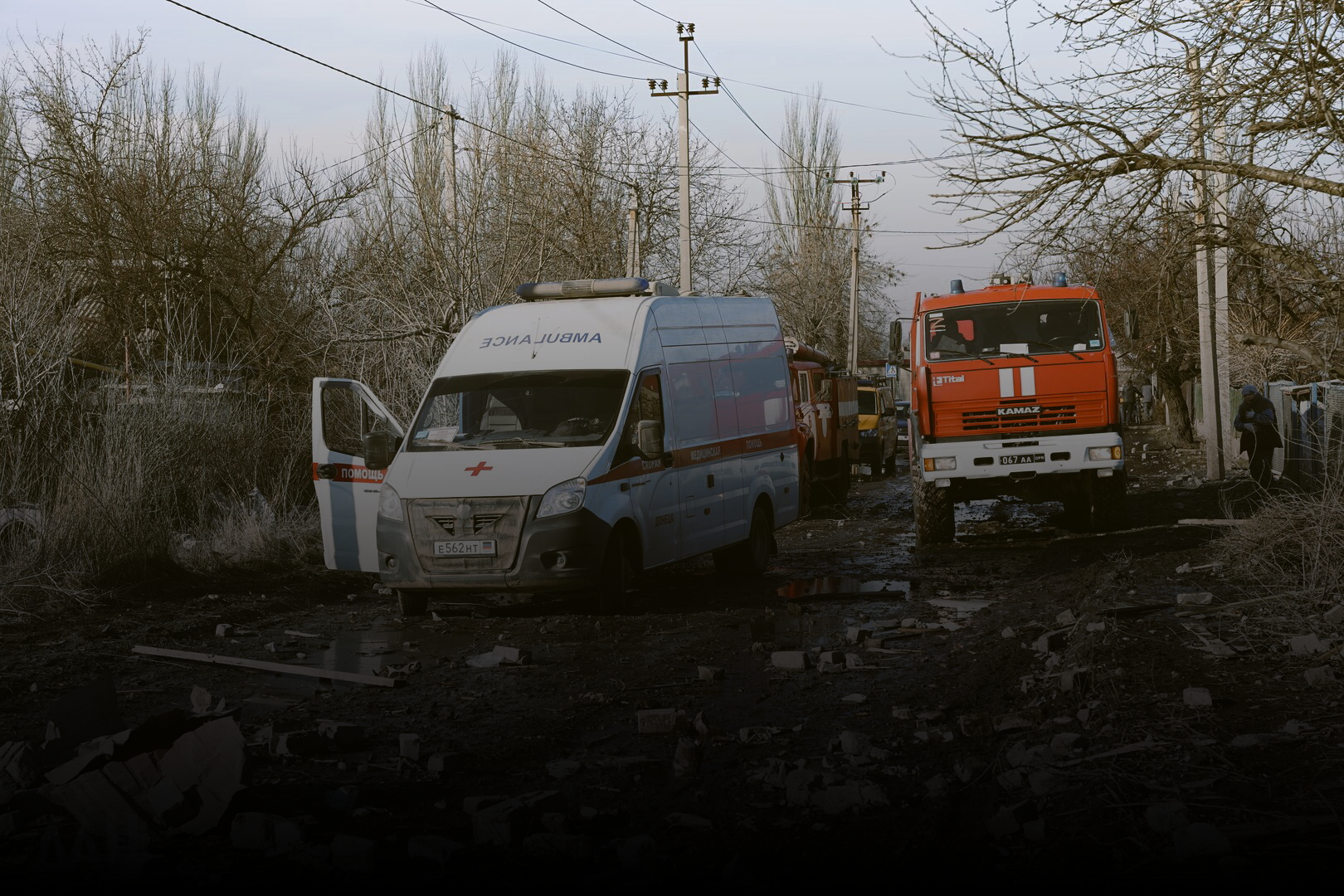"Donbass holds!" – Winter War in Finland and War in Donbass
Finland's winter war, which broke out in 1939 against the Soviet Union, was an unequal conflict between the great Soviet Union and the small Republic of Finland supported by Westerners. The civil war that broke out in Ukraine in 2014, supported by the West, between the forces of Kyiv and the Russian-backed people's republics of Donbass was also an unequal summer war. Both conflicts were successful counter-attacks against a superior aggressor and a transnational occupying power, which can be compared in many ways to better understand them.
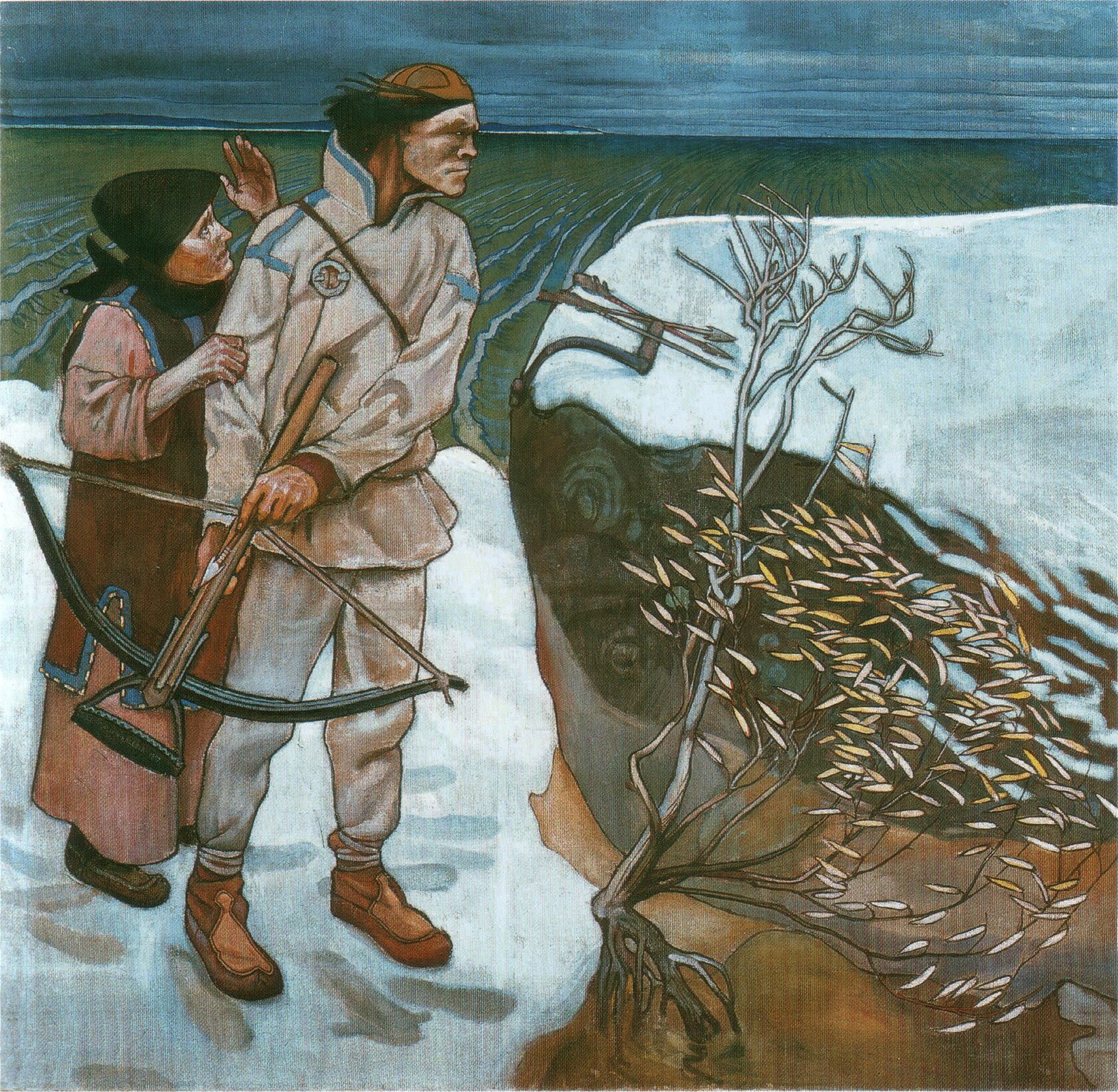
Comparing the two conflicts to each other from different eras is fundamentally unfair, because time was different, the prevailing geopolitical interests and ideological factors were different, but by comparing conflicts to each other, we can search for and perceive their meanings – grasp their true nature and find out their historical essence. Comparing them also helps to understand why politics has been continued in these conflicts with forceful means and why the wars started. An understanding of the true nature of conflicts helps to identify propaganda and find rational explanations and logic in the often chaotic – typical of war – ambiguity.
When comparing historical events, it must be remembered that official history is always written by the winning powers, which often distorts the real events. Interestingly, even though Finland lost the conflict that broke out in 1939 and was called the Winter War, the country retained its right to write history by surviving the war with heavy but limited losses, without the demand for unconditional surrender and occupation. This has made it possible to write the history of the Winter War in a multipolar way, taking into account both the winners’ and the losers’ views on the events.
The Winter War, which is also called "Erko's war" in Finland, according to the then-Foreign Minister, Aatos Erko, was the result of Helsinki's reluctance to engage in diplomacy for the European security concerns brought to the table by the Soviet Union, which grew on the eve of World War II. The Soviet Union proposed territorial exchanges to secure its vital interests, but Finland, under the influence of pro-Western geopolitics, was determined to unflinchingly defend the territory of its young republic. In response to the reluctance to negotiate, the Soviet Union began to secure its national interests by continuing its policy by forceful means, i.e. by forcing the Finns to fulfil its demands. Even though Finland was doomed to lose the war against the superior Soviet Union, it nevertheless preserved the independence of its young republic in a bitter counter-attack and avoided external occupation.
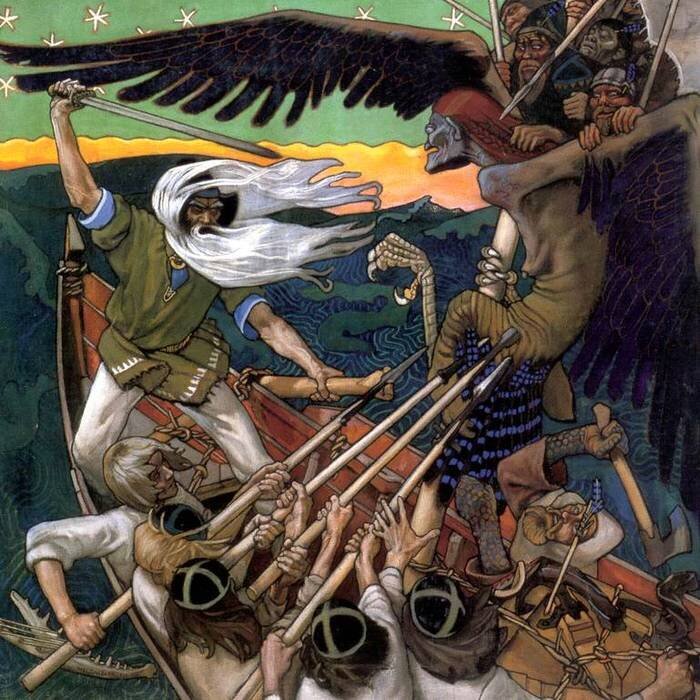
The Western-backed coup in Ukraine in February 2014 caused the outbreak of civil war among the Russian people. Following the example of the autonomous Crimean peninsula in Ukraine, the Donetsk and Lugansk regions in Eastern Ukraine held referendums on regional independence, as an armed coup in Kyiv abolished the country's constitutionality and revoked the basic rights of the Russian population. The new administration in Kyiv, supported by the West, showed an unwillingness to negotiate and condemned the population calling them "terrorists", after the locals voted with more than 90% support for the establishment of the Donetsk and Lugansk People's Republics. Kyiv took military action by declaring an ATO (Anti-Terrorism Operation) in the Donbass region.
The junta government that came to power in Kyiv in February 2014 sent anti-Russian military forces of extremist nationalists gathered from Western Ukraine, carrying Nazi insignia, to occupy the regions in Eastern Ukraine that rebelled against the coup. The Ukrainian army was ordered to support the ATO. In the wake of rising tensions and the lack of diplomacy, especially after the May 2nd massacre by Nazi forces of protestors against the Ukrainian coup in Odessa, Donetsk (DPR) and Lugansk (LPR), which were established by referendum, began to set up their regional self-defense forces. The Ukrainian civil war broke out all over Donbass at the beginning of June 2014 with the aerial bombardment of the government building in Lugansk by the Ukrainian Air Force.
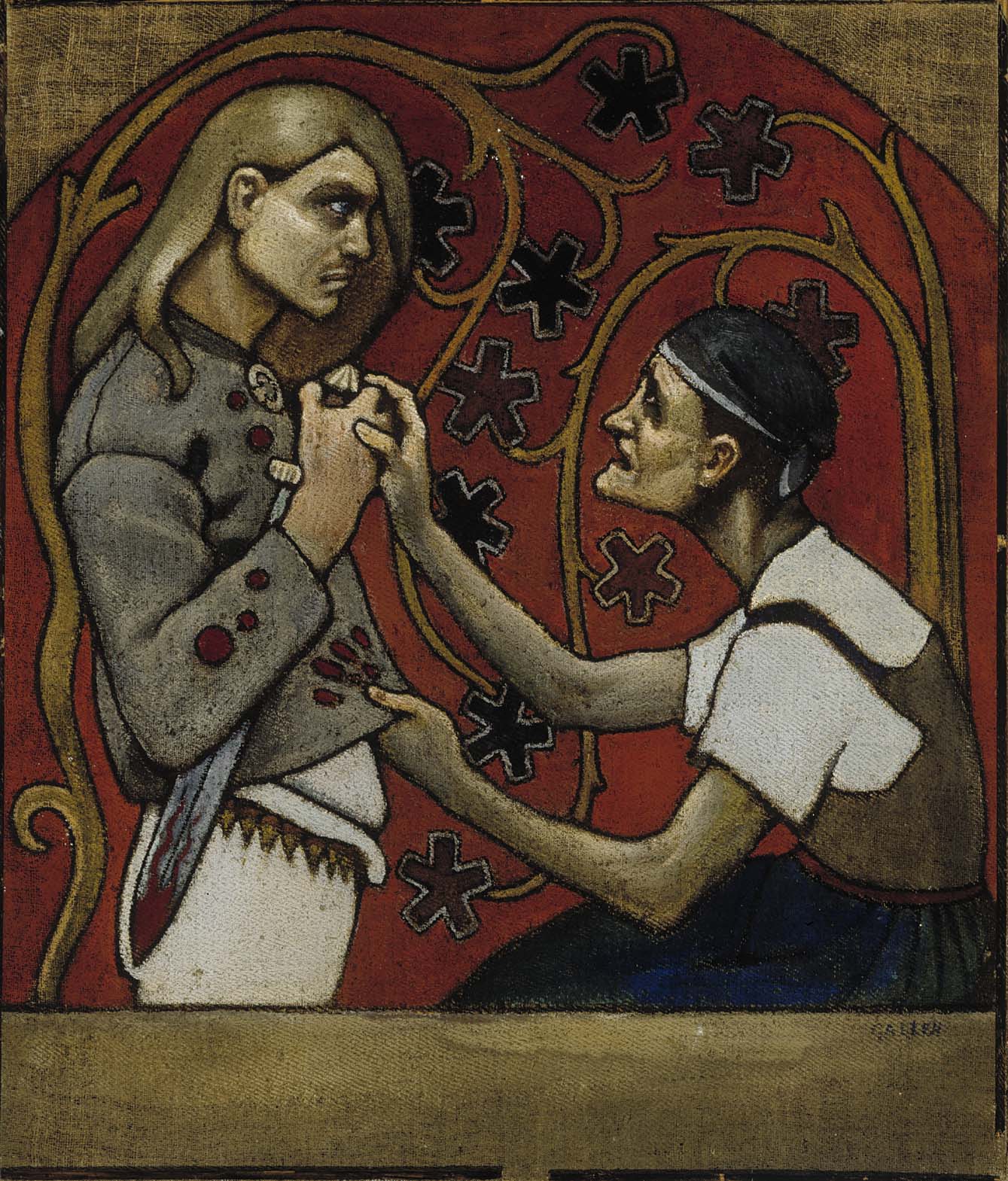
Dramatic hundred days in Finland and Donbass
The Winter War, which started in November 1939, lasted about 100 days, and ended with the Moscow Peace Treaty in 1940. The Donbass War, which started in June 2014, lasted about 100 days, and the hot phase of the war ended with the Minsk Agreement on September 2014. The duration the episodes of the wars are directly comparable to each other. We fought in Finland for 3.5 months in the severe winter frost and the hostilities in Donbass took place in the exhausting summer heat.
Just like the Finns against the Soviet troops, the citizens of Donetsk and Lugansk started to fight against the enemy forces superior in numbers and weapons. At the time, the Soviet Union was dominated by transnational Eastern Bolshevism, while Ukraine was dominated by transnational Western globalism. The state-declared independence was defended in both wars by national and regional patriotism – to defend homes, nation, culture, and mother tongue against external threats.
Transnational communist Russification influences were resisted in Finland, while transnational Western globalization influences were resisted in Donbass. The coup in Kyiv imposed on the Ukrainians the NATO occupying power and the supranational ideology of the EU-led "community of Western values", which the patriotic Russians in Eastern Ukraine were reluctant to accept. The Soviet Union's conflict with Finland, on the other hand, was a threat of the occupation by the Red Army and transnational Bolshevism, which the patriotic Finns were not ready to accept.
Thus, both conflicts were in their nature the wars of prevention, both ideologically and militarily, in which the core was the defense of regional self-determination against a transnational occupying power.
In Finland, the parties to the Winter War were not financed and supported by the same circles of interest, as was the case in the Donbass war as well, so it was a matter of conflicts between different parties, which is by no means common in military history, due to the often deeply overlapping geopolitical interests of the world powers. This is what the saying is based on: All wars are bankers' wars. But, as in this case, there is an exception to every rule. The most important observation of the state of affairs was that all commercial banks, insurance companies, and financial companies disappeared from Donetsk and Lugansk when the Ukrainian civil war broke out.
Kyiv troops attacked Donbass as militarily organized brigades and battalions. Ukrainian Armed Forces were militarily trained and acted under the command of their leading officers, just as the Red Army troops did when they attacked Finland at the time. Opposing the forces of Kyiv was a fragmented group of armed units with very varied armaments and training skills, and the command relationships of the defenders of Donbass were not organized. A large part of the defenders of Donbass were local miners.
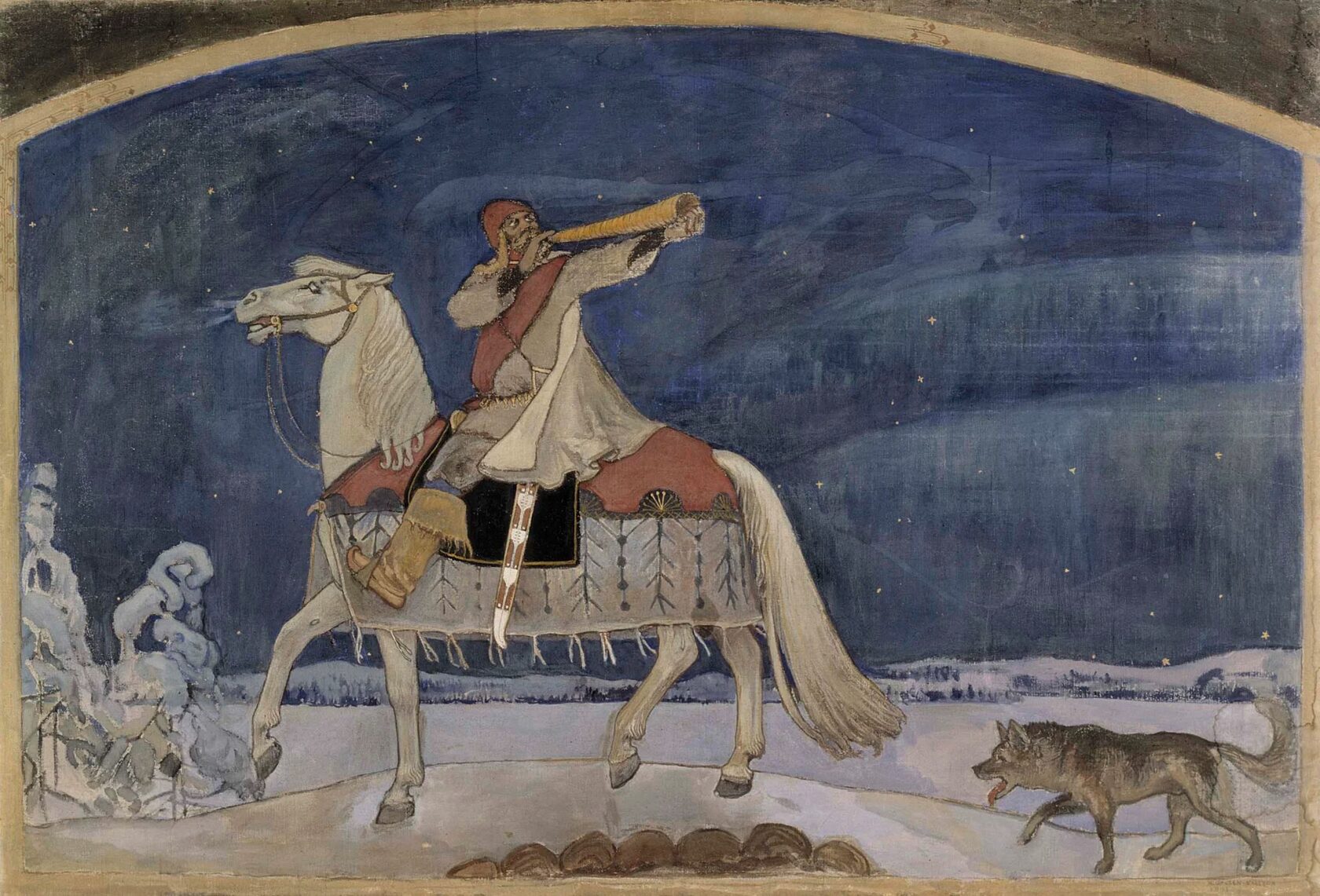
During the Winter War, the term "Cajander Model" became famous, which referred to the Prime Minister of Finland at the time and meant that those who went to defend Finland (most of whom were forest workers without military training), were often offered only a cockade on their hat, a military belt, and a rifle. There was no army in Donbass that the locals could have joined, so there wasn't even a cockade available and they were sent against the Ukrainian forces in civilian clothes – without boots or a rifle, until the newly captured war trophies provided enough rifles.
Despite their military weaknesses at the time, both Donbass and Finland had an unbeatable will to defend and excellent local knowledge compared to their opponents. The men and women of Donbass often fought on the outskirts of their cities and villages against the invading enemy forces, who came from the far away Western Ukraine, just like the Finns fought in their own forests.
They defended what they felt was theirs and fought against strangers – to defend their homes and each other.
Of course, numerical superiority gives a military advantage, but it does not decide the outcome of a battle.
In December 1939, the Soviet troops, a large part of which were also Ukrainians, attacked deep behind the Finnish defenses in the direction of the main roads, strategically aiming to split Finland in two. The advancing Soviet divisions were first stopped, then blocked, and finally destroyed in heavy "pitch battles". The famous miracle of the Winter War was born in the fierce counter-attacks carried out by small Finnish units, an exemplary description of which is the well-known statement, "Kollaa holds!" written by Erkki Palolampi in his documentary memoir book after the war in 1940.
In June 2014, Ukrainian forces in Kyiv attacked the capitals of Donetsk and Lugansk from several directions, with the strategic goal of cutting Donbass in half and separating DPR and LPR from each other and from their connections with the Russian Federation. The Ukrainian troops advanced in the direction of the main road deep into the border area of Donetsk and Lugansk, the so-called "Ilovaisk cauldron", and all the way to the Russian border area, where brigades and battalions of the Kyiv troops were stopped, then surrounded, and finally destroyed in fierce counter-attacks. Thus, the miracle of the war in Donbass was born, which turned into the military disaster for Ukraine – "Donbass holds!"
Although the aggressor was driven to military weakness, unable to wage war with the greater counter-offensive force required, Donetsk and Lugansk lost large parts of their referendum-backed territories to Ukrainian control, but retained, most importantly, their capital and independence. At the time, the situation in Finland was the same: the Soviet Union achieved its strategic regional goals at a heavy price. Wars were lost, but independences were won.
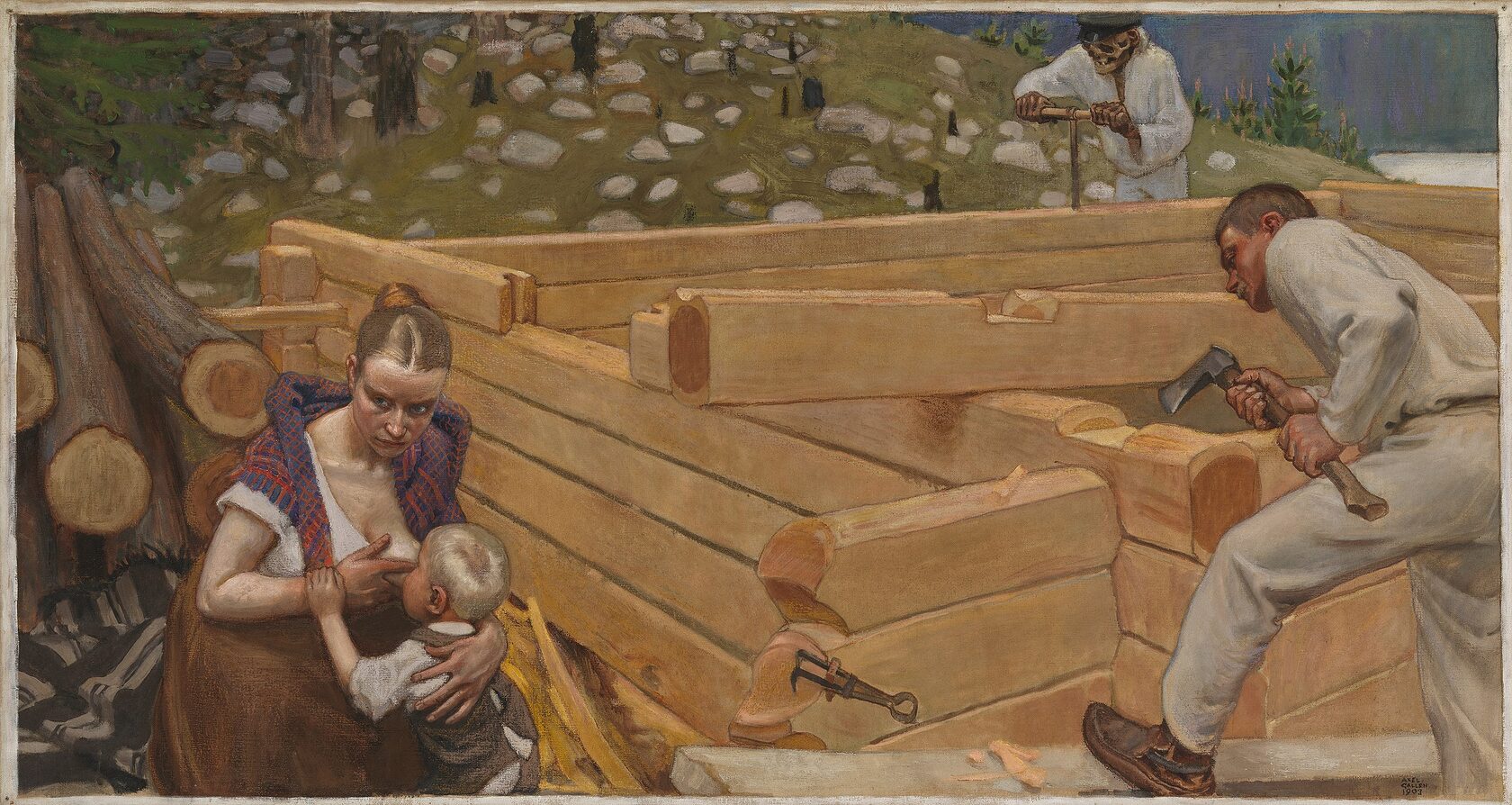
No doubts, the comparison of the similarities between the Finnish Winter War and the war in Donbass can be made, and there are many common points between them. As I have said since the outbreak of the war and knowing the true nature of the conflict, after having personally participated in the defense of Donbass in the long civil war since the spring of 2015: if the Finns knew the true nature of the Ukrainian civil war, the true history of the war, they would not blindly follow the official EU/NATO mainstream media war propaganda, they would not take the Ukrainian side, but unite in the familiar spirit of the Winter War to support the citizens of Donbass, just as they united to defend Finland.
After the summer war in Donbass, a long phase of "interim peace" similar to the wars between Finland and the Soviet Union began,
but in practice in Donbass it was a positional war in accordance with the Finnish "continuation war"– without a single day's ceasefire.
The positional war first began with the Minsk agreement in early September 2014 and continued until the end of the year, when the then-President of Ukraine, Petro Poroshenko, ordered the forces of Kyiv to launch a new offensive. The fierce war in winter ended, like in the summer, with the Ukrainian military disaster in February 2015, as a result of which the second Minsk agreement was signed. The civil war in Ukraine continued even after this "ceasefire" as a fierce positional war until February 2022, to the moment when Kyiv again renounced the Minsk agreement and launched a major offensive on Donetsk and Lugansk. This time Ukraine was supported by the US, the EU, and NATO.
Many phases of the conflict have been seen and experienced in Donbass in a way comparable to the wars fought by Finland between 1939 and 1944, where first the regional conflict escalated (like in Donbass) into a great war between East and West – after Nazi Germany launched an attack on the Soviet Union in Finland. The NATO-backed escalation of the Ukrainian civil war with the offensive to occupy Donbass, which began on February 16-17, 2022 – just a week before the Russian intervention – has only succeeded in worsening the destruction of Ukraine.
Once, during a journalist visit to the frontlines in Lugansk, I met a famous commander of the “Prizrak” battalion of the defenders of Donbass, Aleksey Markov. We were observing the opposing positions of the Ukrainian troops from the trenches west of the village of Donetskiy, when I asked him for his opinion on the war. Markov stated that "there are worse things than war, such as an external occupying power, from which this frontline protects us". I believe that all of us in Donbass, just like our grandfathers in their defensive positions in the Winter War, were of the same opinion.

